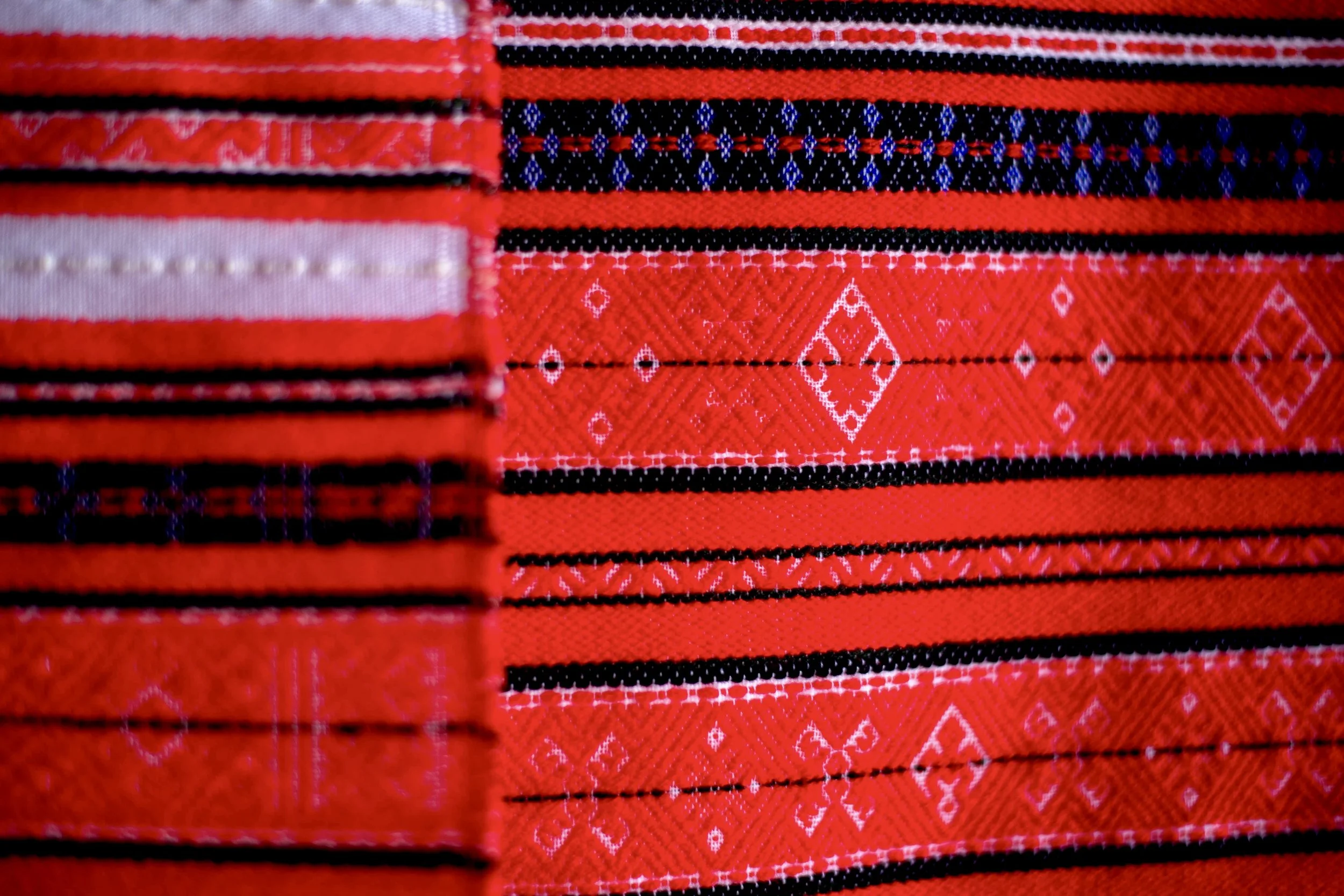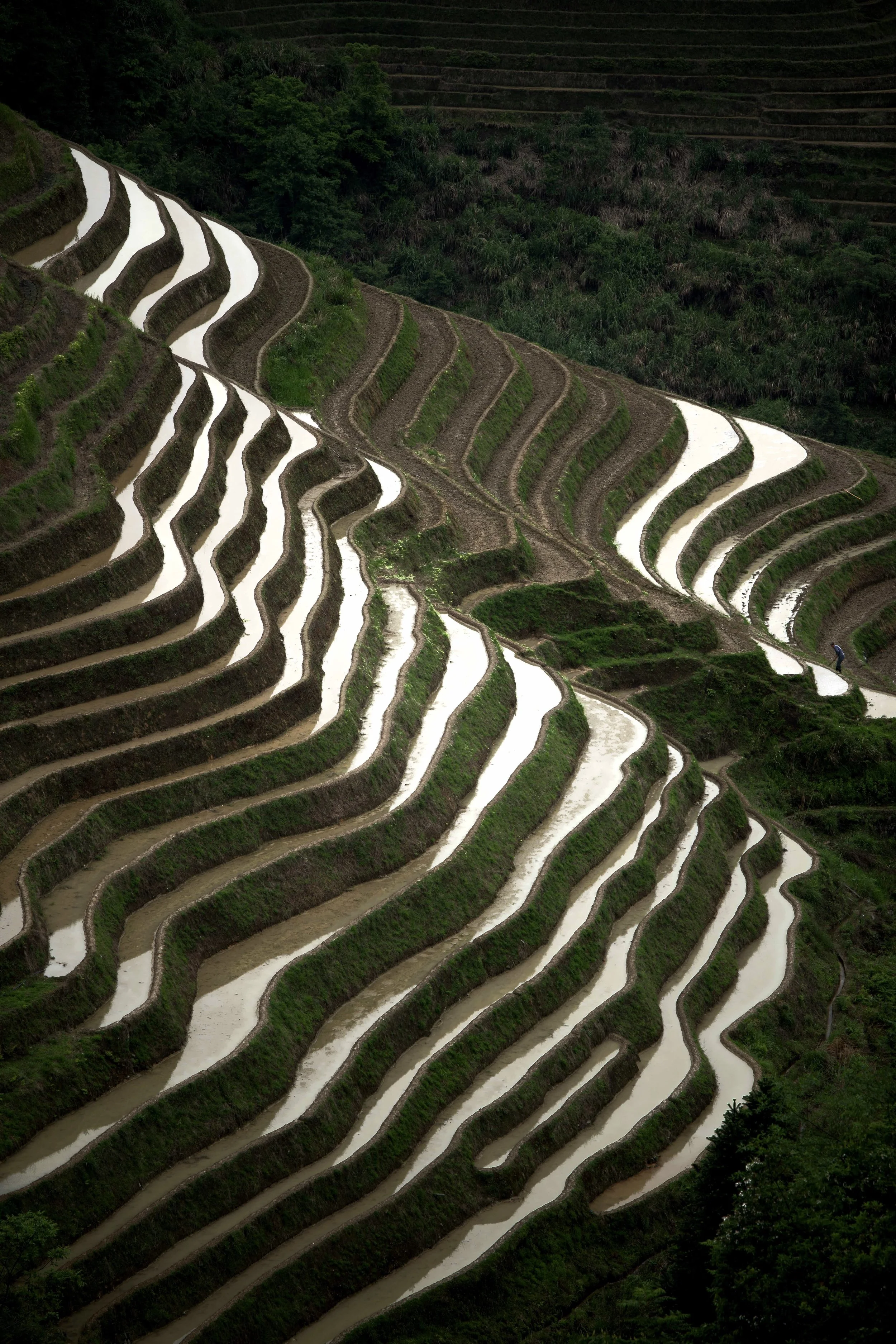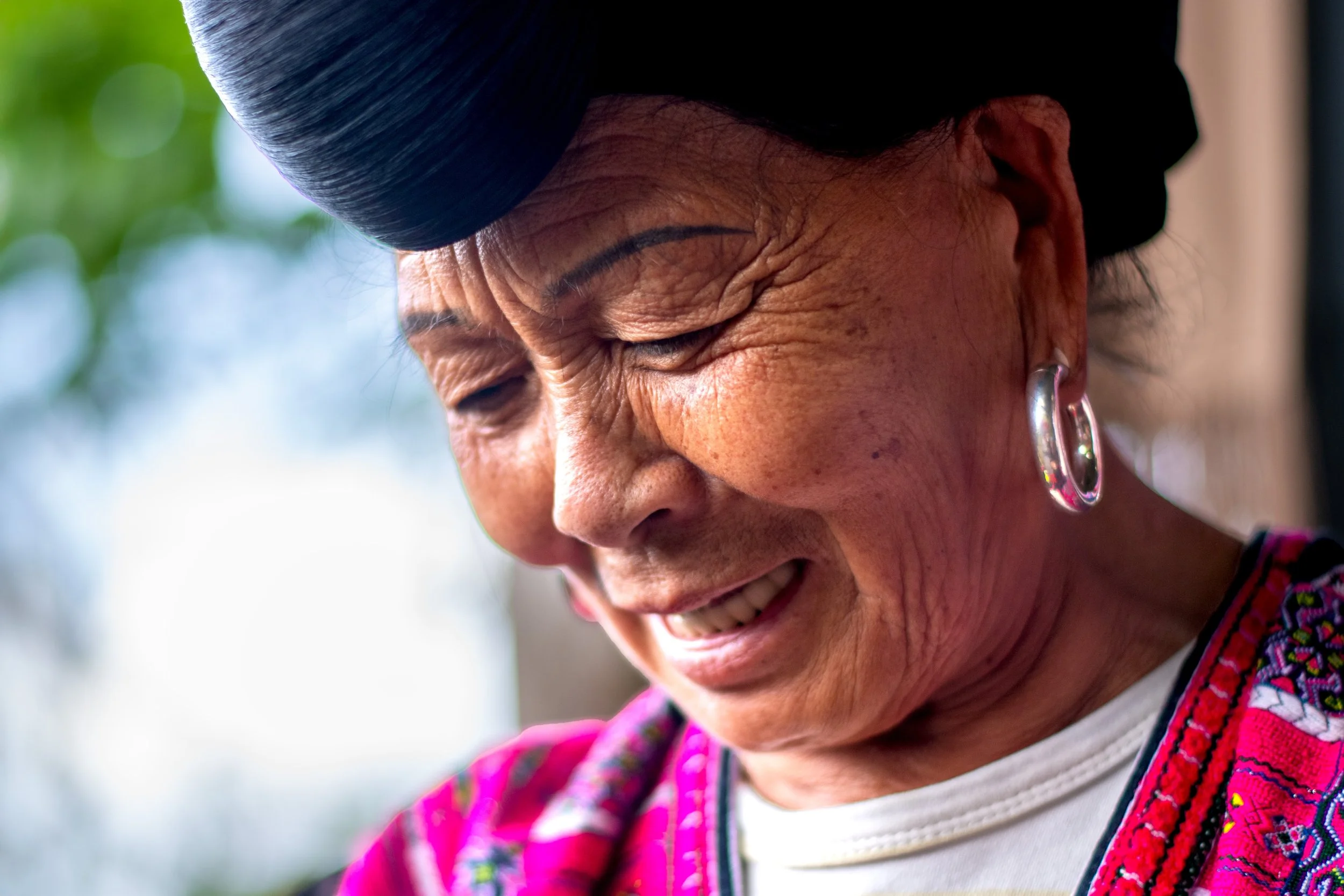“Aima”

During a class break in China, I sat rereading The Secret Lives of Colour by Kassia St. Clair and relearned that blue went unnamed through the early history of most languages, as though it’s the last color humans notice. Or value. Not even the sea was blue in The Odyssey 3,000 years ago. In Western culture, blue gained traction only when lapis lazuli crossed the Silk Road from a single mine in Afghanistan to Venice and, painstakingly ground into the world’s most expensive pigment, landed on Mary’s clothes in Renaissance paintings as a sign of her growing prominence, vividly displacing the dark earth tones that had been available before. Even as—or maybe because—synthetic pigments have made it ubiquitous, blue is now the world’s favorite color, according to surveys. This history of pigment suggests we esteem most what we are able to depict and what we can depict depends on the means we have at hand—or travel to find. The bell sounded, I closed the book, and I continued teaching academic writing.
By chance, a few days later, I hiked into the Longji Rice Terraces in southern China and met Aima, a member of the Red Yao, a juxtaposition that fired my imagination further. While she sold me on the handwoven quality of her textiles through pantomime and glitchy Google translation, I marveled at a culture that identified as a color. My clumsy research couldn’t reveal why other than Chinese people’s general association of red with good fortune, but as I wondered how her people came to treasure red, inevitably, I wondered why I gravitate to blue, whether that was ever my choice or the result of histories and forces I only dimly perceive. Beyond blue, how random are any of our values, dependent as there are on where we are and how well we investigate, and is there a way to change them, to uncover their roots and compare with others’ values, to then be intentional in our beliefs?
I took photos, listened, and will remember her. When I teach overseas, I endeavor to make myself a wider and wider photo-sensitive plate like the full-frame sensor in the heart of my Nikon that is able to capture more and more colors in greater and greater clarity, detail, and vividness.




